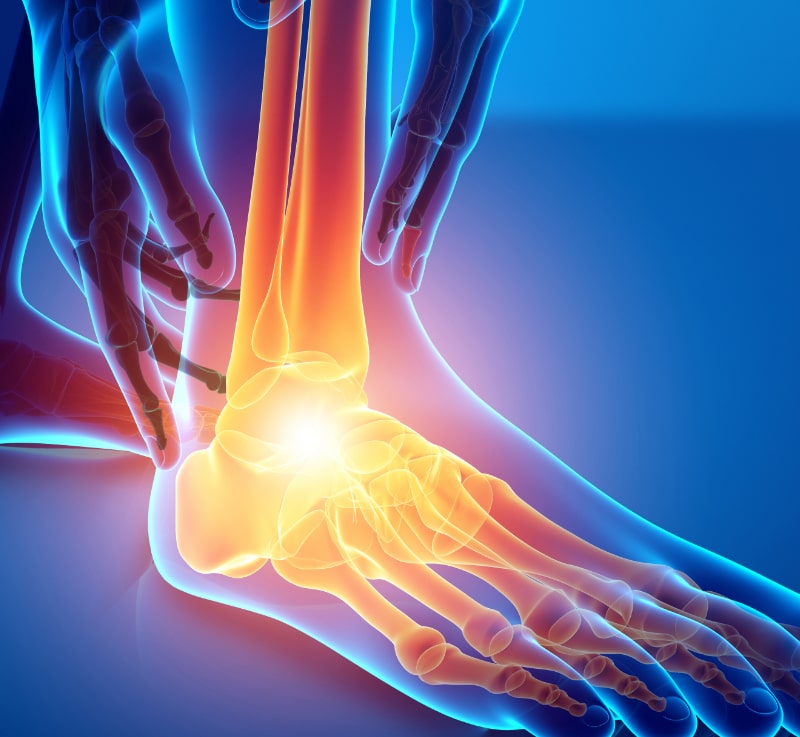All company structures are involved at different levels in the drug manufacturing process...
Hyperuricemia
Gout is the most common form of inflammatory arthritis, which occurs when excess of uric acid (urate) in the body (hyperuricemia) leads to the formation in various tissues of monosodium chrystals that accumulates in the joints or other tissues. Uric acid is produced by the breakdown of purines (purines are part of our diet) in the body. It is removed in the urine by the kidneys.
Sometimes uric acid build up.
"In this case if improperly treated, it can lead to frequent episodes of acute or chronic inflammation, and structural damage of joints. Hyperuricemia and gout are also associated with cardiovascular and renal diseases, and other comorbid conditions Genetic predisposition as a well as lifestyle factors (diet full of seafood, red meat, sugar sweetened beverages and alcohol) are associated to increased risk of hyperuricemia and gout."
Gout affects 1-2 of adults in industrialized nations.The prevelance rises markedly with age and is higher in men than women.
The goal of long- term therapy is to reduce the concetration of uric acid to facilitate the dissolution of monosodium urate crystals, reduce recurrent acute gout flares, resolve tophi (if present) and prevent joint damage. In addition to medication, patients are recommended to make lifestyle changes, such as dietary changes (limit consumption of meat and seafood rich in purine as well as sugar rich soft drinks and energy drinks. In addition the consumption of low fat dairy products is encouraged, regular and weight control.
Finally, it is important that the patient is informed about the pathophysiology of the disease, the existence of effective treatments, the related comorbidities and the management of acute should take place, but also that a systematic check is made for related comorbidities and cardiovascular risk factors.
Menarini's products for




